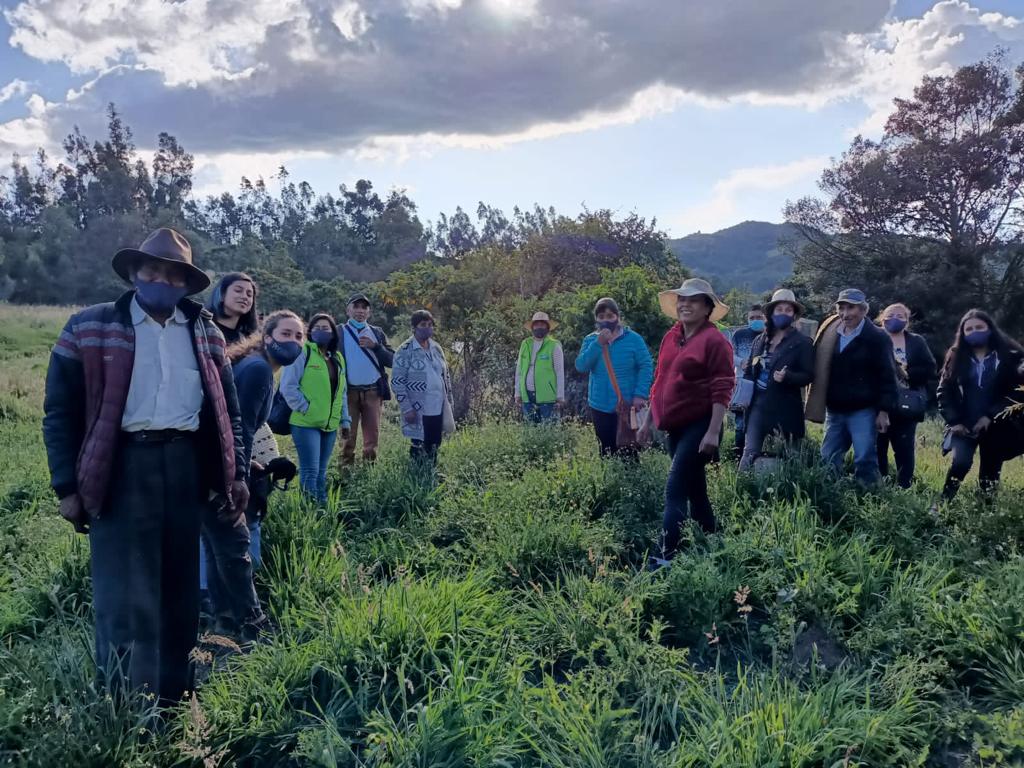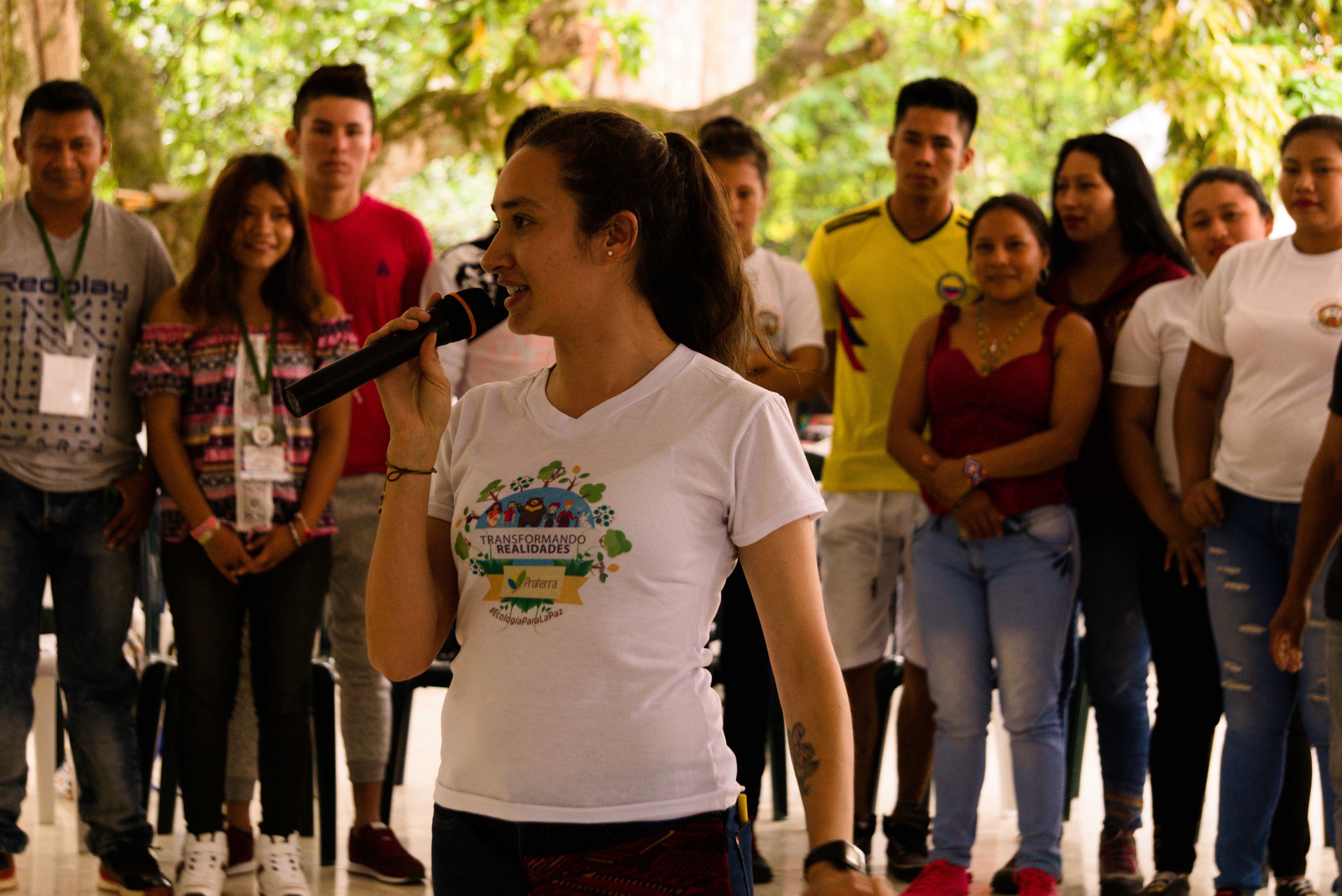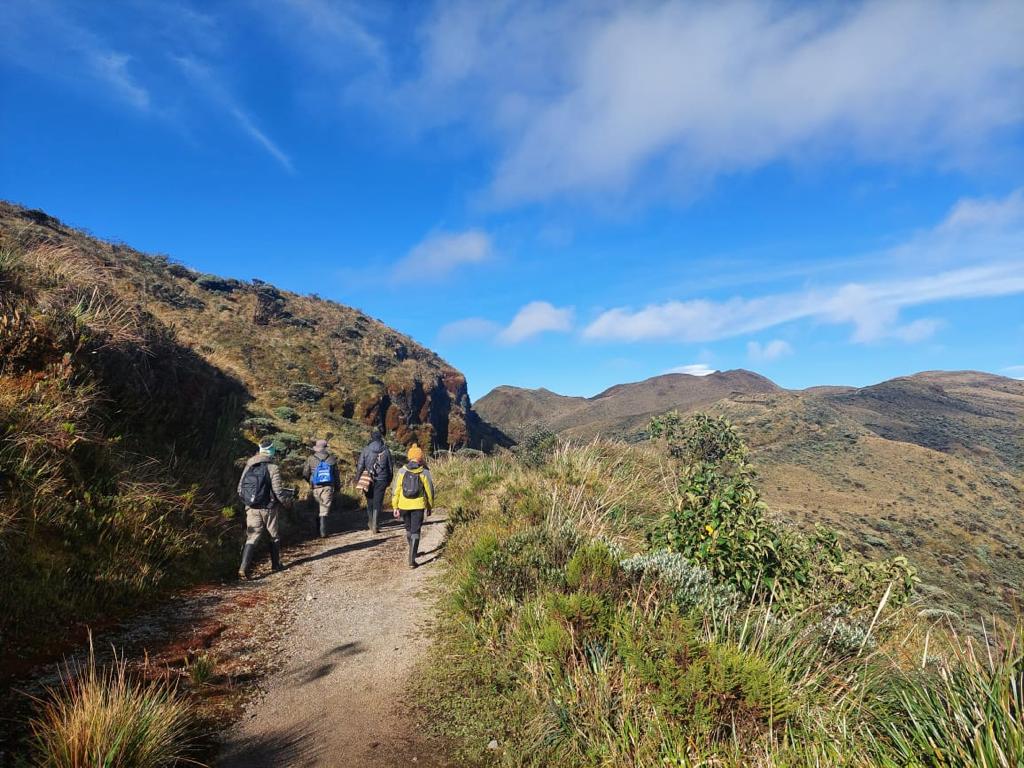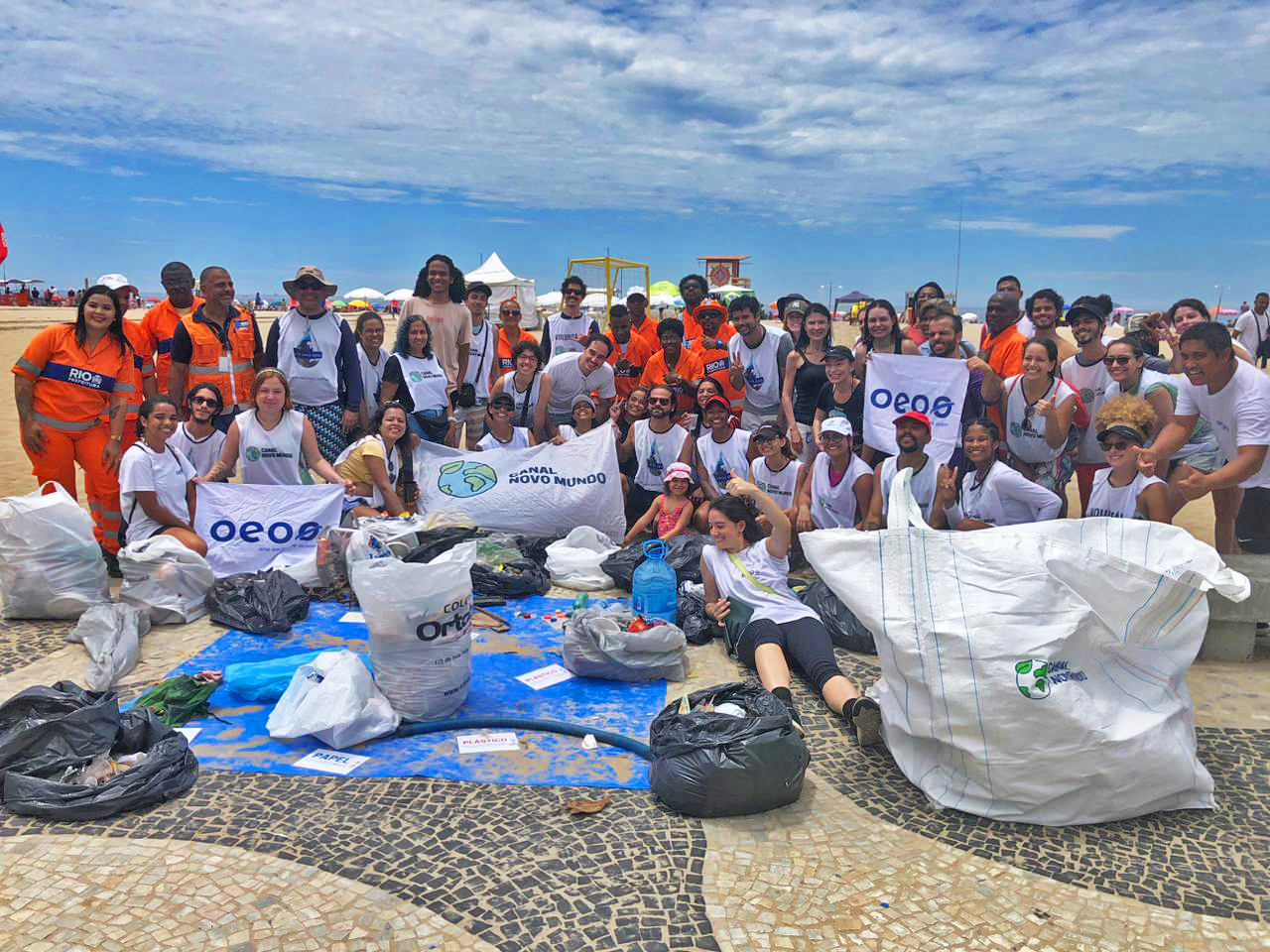
Rawan Baybars is an alumna of the 2015 CrossCulture Programme and a blogger based in Amman, Jordan. She holds a Master's in Migration and Humanitarian Development from SOAS, University of London. Rawan has worked previously with the UNHCR and the Red Cross and is currently working for the Norwegian Refugee Council. She is a participant in ifa's journalistic writing training programme.










